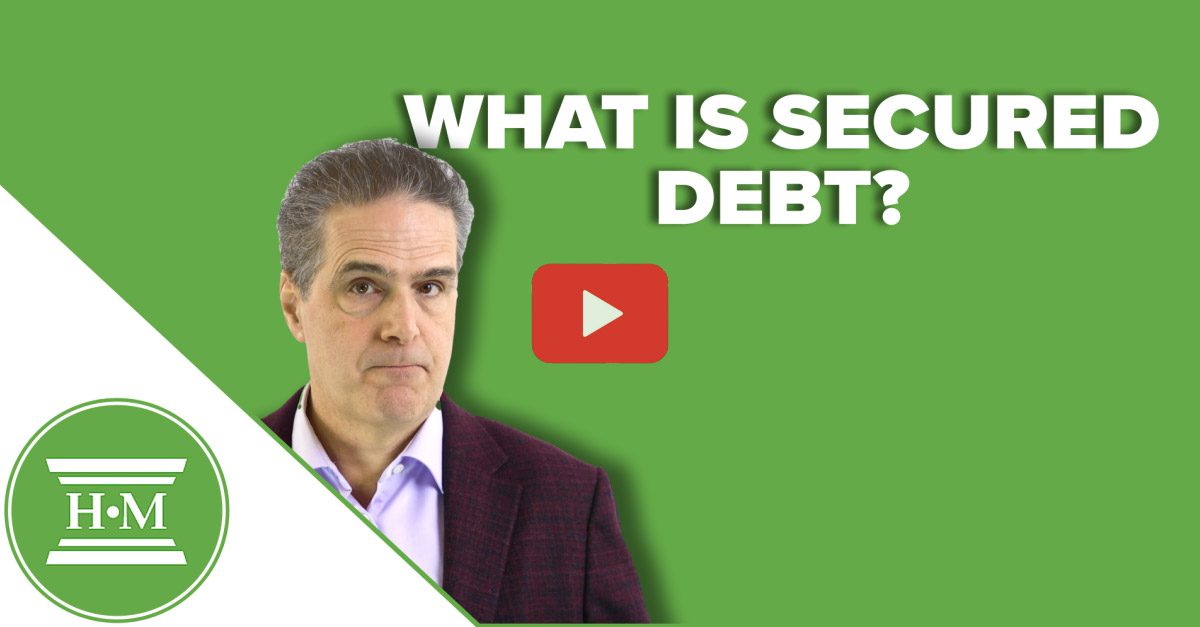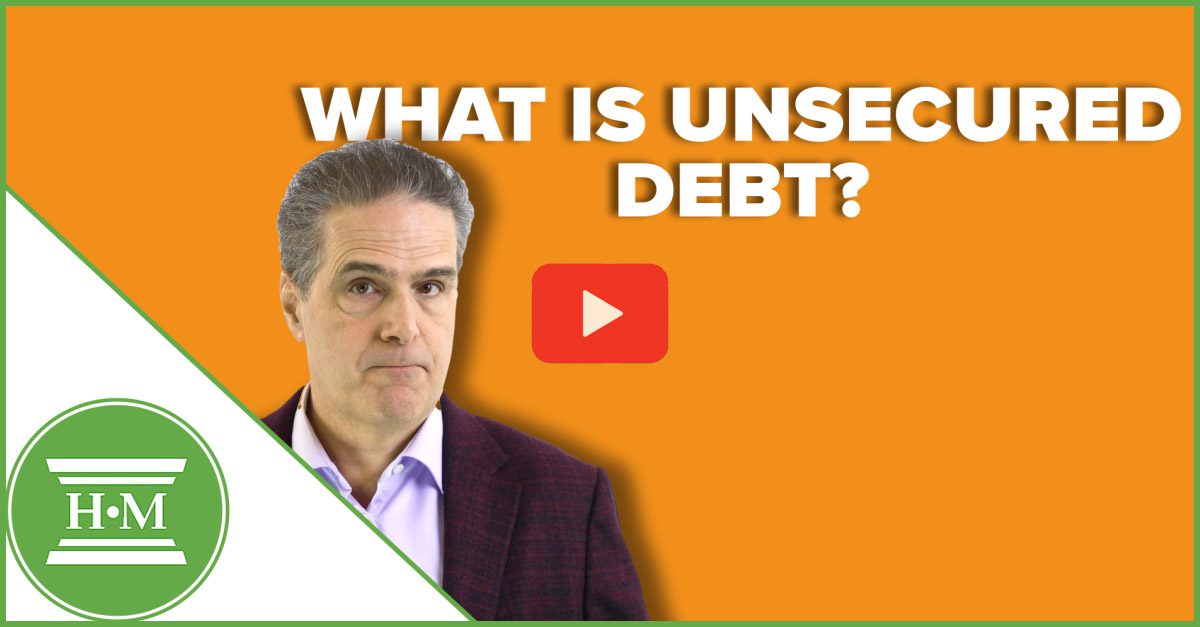
Debt is a common part of life, but not all debt types are equal. If you’re considering a loan, using a credit card, or managing existing obligations, knowing the distinction between secured and unsecured debt can help you make informed decisions. Both types of debt have pros and cons, affecting your credit score, loan terms, and overall financial health differently. Should you choose secured or unsecured debt, and what are the implications of each in Canada — especially in how they’re treated under the Bankruptcy and Insolvency Act?
Table of Contents
What Are Secured Debts?

Secured debts are loans or lines of credit backed by some collateral that the borrower pledges to the lender as security for the loan. If the borrower defaults on the loan, the lender has the legal right to seize the collateral to recover the money owed. Having collateral reduces the risk for lenders, who are usually willing to offer lower interest rates and more favourable loan terms.
Examples of Secured Debts
Secured debts come in various forms, each with specific collateral requirements:
- Mortgages: A mortgage is a secured loan where the purchased property serves as collateral. If the borrower defaults, the lender can foreclose on the property to recover the debt.
- Car loans: Similar to mortgages, car loans are secured by the vehicle. If payments are not made, the lender can repossess the car.
- Secured credit cards: These cards require a security deposit that acts as collateral. They’re often used by individuals looking to rebuild their credit history.
- Home equity loans: These loans let the borrower use the equity in their home as collateral. Due to the security provided by the home’s value, they typically come with lower interest rates.
When Should You Choose Secured Debts?
Secured debts can be beneficial in certain situations, particularly when you need to borrow a large amount of money. Secured debts often come with lower interest rates, higher borrowing limits, and more flexible repayment terms. For example, secured loans are often the only option available if you’re purchasing a home or a car.
What Are Unsecured Debts?

Unsecured debts don’t require collateral. These loans and credit lines are granted based on the borrower’s creditworthiness, as determined by factors such as credit history, income, and existing debt levels. Unsecured debts tend to have higher interest rates than secured debts. If a borrower defaults on an unsecured loan, the lender’s only recourse is to pursue repayment through collection agencies or legal action.
Examples of Unsecured Debts
You may encounter several different types of unsecured debts:
- Credit cards: Credit cards are among the most common forms of unsecured debt. They offer convenience and flexibility but usually come with steep interest rates.
- Personal loans: Personal loans can be used for various purposes, from consolidating debt to funding home improvements. These loans are based solely on your credit score and financial history.
- Student loans: In Canada, student loans are typically unsecured and provided based on financial need rather than collateral.
Differences Between Secured and Unsecured Debts in Canada
The difference between secured and unsecured debts is the presence of collateral.
- Interest rates: Secured debts generally have lower interest rates because the collateral reduces the lender’s risk. Unsecured debts often come with higher rates.
- Borrowing limits: With secured debts, you can typically borrow larger amounts, as the loan is backed by an asset. Unsecured debts usually have lower borrowing limits.
- Risk for lenders: Secured debts are less risky for lenders or creditors, as they can seize the collateral if you default. Unsecured debts carry more risk, so you might get higher interest rates and stricter lending standards.
- Legal implications: In the event of default, secured creditors have a claim on the collateral, while unsecured creditors may have to rely on legal judgments or collection agencies to recover their money.
How Types of Debt Are Impacted by Bankruptcy & Consumer Proposals
The treatment of secured and unsecured debts differs significantly under the Bankruptcy and Insolvency Act in Canada:
- Secured debts: Secured debts are omitted from a proposal or bankruptcy. However, secured creditors retain their right to take possession of the collateral if payments aren’t made. If you have significant equity in your home, car, or other assets tied to secured loans, you may lose these assets in a bankruptcy. A consumer proposal, a bankruptcy alternative, keep these assets in a consumer proposal but must continue all loan payments.
- Unsecured Debts: Unsecured debts, such as credit cards and personal loans, are discharged in bankruptcy. This means you’re not obligated to repay them. In a consumer proposal, you negotiate a settlement with your unsecured creditors, so you end up paying back less than you owe.
What Type of Debt Should I Pay First?
When managing multiple debts, prioritizing your payments can help you stay on top of your financial obligations and protect your credit score:
- Unsecured debts: While unsecured debts don’t risk immediate loss of property, they typically come with much higher interest rates. Paying off credit card and other high-interest loans first will save you money by reducing the interest you pay over time. Manage payments carefully to avoid penalties. Late payments will significantly harm your credit score. For credit cards, keep balances below 30%. A low credit card utilization rate means a higher credit score.
- Secured debts: It’s important to make secured payments in full and one time. Since these debts are tied to collateral, missing payments could result in the loss of your home, car, or other valuable assets.
If you are unable to keep up with all your monthly payments, prioritize secured debts to avoid repossession or foreclosure. Talk with a Licensed Insolvency Trustee about dealing with your unsecured debts through a consumer proposal or bankruptcy.
Struggling to Pay Off Your Debt?
If you’re finding it difficult to manage your debt, whether secured or unsecured, you’re not alone. Many Canadian residents face challenges in keeping up with their financial obligations.
If you’re struggling, it may be time to seek help from a Licensed Insolvency Trustee. At Hoyes, Michalos & Associates Inc., we specialize in helping individuals find solutions to their debt problems.





